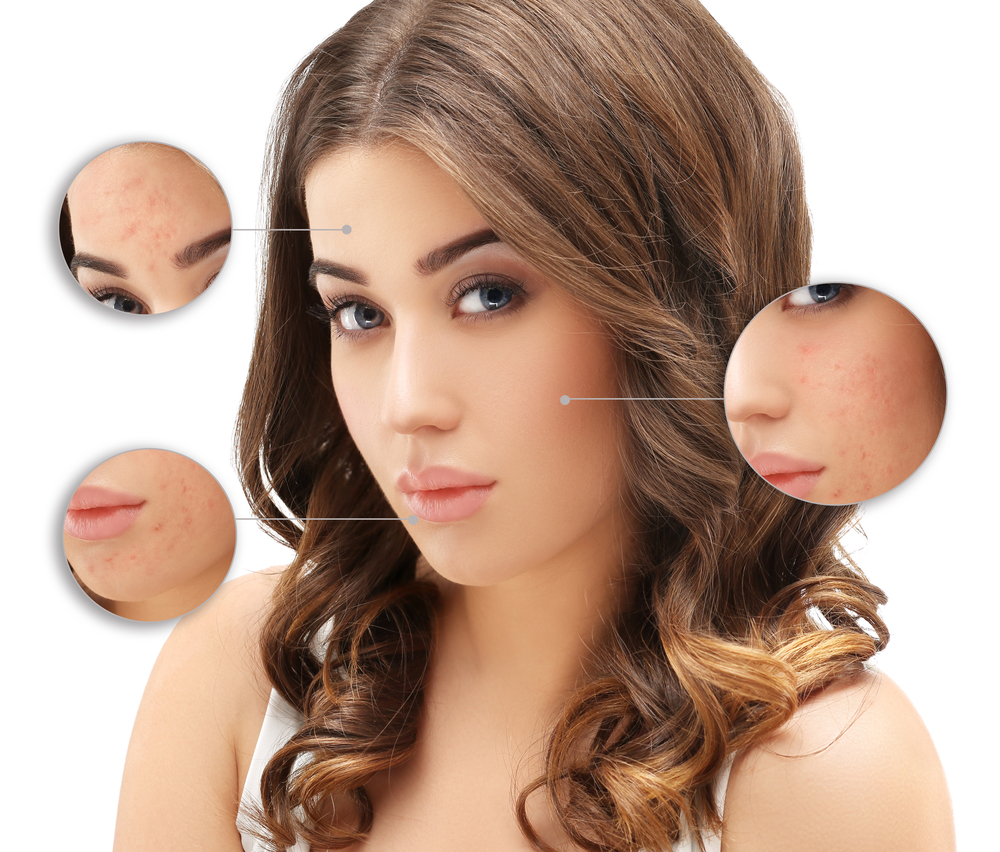Melasma is a skin disorder which appears as brown patches on adults face. They are commonly visible on the cheeks, forehead, bridge of the nose, and upper lip area. The skin condition is more likely to develop in women. Only 10% of men are affected by the skin disease.
What causes Melasma?
The exact cause of melasma is not known properly. People with a family history of melasma are more likely to experience melasma. Hormonal changes may trigger melasma. It is also associated with pregnancy and called the mask of pregnancy. Estrogen-containing birth control pills increase the risk of melasma.
Sun exposure can also be a culprit for this skin disorder; an exposure to Ultraviolet (UV) rays of the sun can stimulate pigment-producing cells or melanocytes in the skin. These melanocytes normally produce a large amount of pigment, but the production increases when stimulated by the increase in hormone level, or sun exposure. Exposure to the sun rays is the main reason for recurrence of melasma.
Possible treatments for Melasma
Many treatments have been developed to treat melasma, but there is no cure for it. While the appearance of melasma reduces after pregnancy or discontinuing a birth control pill, it may stay on your skin for many years or can stay for a lifetime.
Sunscreen plays a significant role in managing melasma. The sunscreen should be of a broad spectrum and should be able to protect your skin against both UVA and UVB rays of the sun. An SPF of at least 30 or more should be selected to protect from sun rays. Prefer a medical grade quality sunblock to treat your skin from sun damage. Moreover, sunscreen such as zinc oxide and titanium oxide may be used to block the effects of UV radiations. Sunscreen should be applied daily, whether or not it is a sunny day and should be reapplied every 3 hours.
Some facial cleansers, soaps, creams, or makeup products that cause irritation of the skin should be stopped. If the reason behind your melasma is your contraceptive pill, discontinue them or change them to a lower estrogen dose. One can also use Tri-Luma 15 mg for the treatment of melasma. The topical preparation provides quicker and more productive results as compared to bleaching creams available in the cosmetic market. The creams do not bleach the skin but work by decreasing the activity of pigment-producing cells. The condition generally improves in about 3 to 4 months only when you are using it on a regular basis, however, the improvement will begin in as little as 2 to 4 weeks time.
Triluma Cream for Melasma
Tri-Luma 15 mg cream containing tretinoin, hydroquinone, and fluocinolone is available to enhance the depigmenting effect. It is found to be extremely beneficial in reducing the appearance of those stubborn brown patches. It is always better to talk to a dermatologist before buying any prescription medication like Tri-luma 15 mg. It is prescribed to you, follow the direction of your dermatologist careful to get the maximum benefit from this triple combination medicinal cream. Using it appropriately will help you avoid irritation and side effects. A high-quality sunscreen with high SPF should be applied and reapplied in addition to the Tri-luma cream just to protect the treated area from sun rays.
How to manage Melasma?
Management of melasma requires a professional approach by your dermatologist. Make sure you are receiving the best care possible. Regular use of sunblock with high SPF, application of depigmentation agents, and close supervision by your dermatologist can lead to successful results.
Self-Care Tips
The most important thing you can do to reduce the appearance of melasma is to protect your skin from sunlight and avoid using sun tans bath and sunbeds. If melasma improves, continue using sunscreen to maintain the desired effect.
Wear protective clothing and a hat to protect your face, neck, and ears. Spend more time in the shade when it is a sunny day.
Choose a sunscreen of high SPF for high protection.



